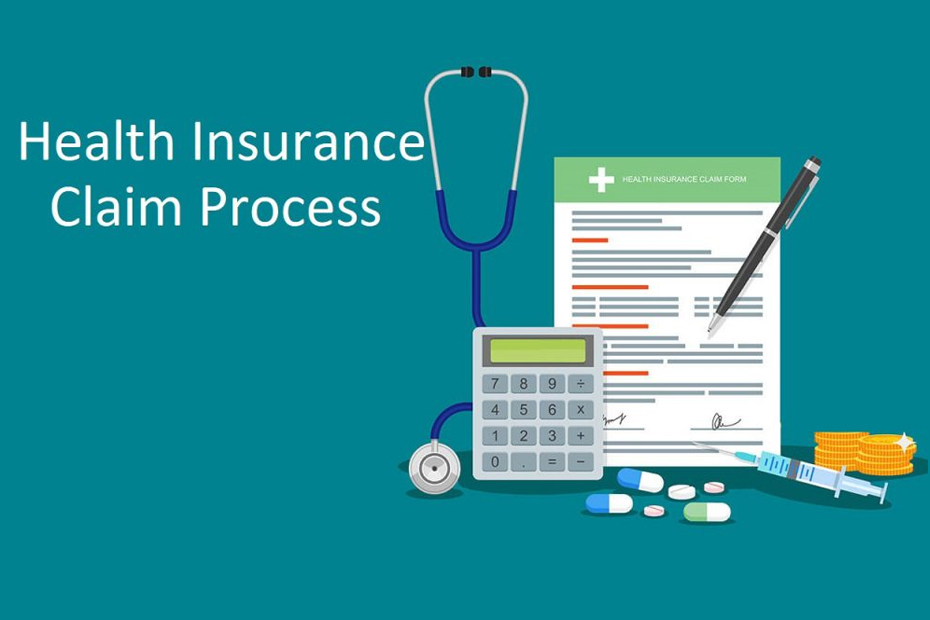Navigating the Claims Process: What to Expect When Filing an Insurance Claim
As a policyholder, the thought of filing an insurance claim can be daunting. The process can be confusing, and it’s natural to have questions and concerns. In this article, we will walk you through the claims process step by step, so you know what to expect and can be prepared.
Table of Contents
- Introduction
- Understanding Your Policy
- Filing a Claim
- Initial Contact with the Insurance Company
- Investigation and Documentation
- Claim Evaluation
- Payment
- Denial of a Claim
- Appeals
- Seeking Legal Advice
- Communicating with the Insurance Company
- Conclusion
- FAQs
1. Introduction
If you have suffered a loss or damage to your property, it’s essential to understand the insurance claim process. This process can vary depending on the type of insurance coverage you have, but most claims follow a similar pattern. Knowing what to expect can help you navigate the process with confidence.
2. Understanding Your Policy
Before filing a claim, it’s crucial to review your insurance policy to ensure that the loss or damage you experienced is covered. Understanding the terms and conditions of your policy is essential, as it will guide you through the claims process. If you have any questions or concerns about your policy, contact your insurance provider.
3. Filing a Claim
Once you have confirmed that your loss or damage is covered, it’s time to file a claim. You can file a claim by phone, online, or by mail, depending on your insurance company’s policies. Be sure to have all relevant information available when filing, such as the date and time of the incident, a description of the loss or damage, and any photos or videos you may have.
4. Initial Contact with the Insurance Company
After filing a claim, you can expect to receive a call from an insurance adjuster. The adjuster’s job is to investigate your claim and determine the amount of compensation you are eligible to receive. They will ask you questions about the loss or damage and may schedule a visit to assess the situation in person.
5. Investigation and Documentation
The adjuster will investigate your claim by gathering evidence, such as photos, videos, and witness statements. They will also review any relevant documents, such as police reports or medical records. It’s essential to cooperate fully with the adjuster and provide any information they request promptly.
6. Claim Evaluation
After gathering all relevant information, the adjuster will evaluate your claim and determine the amount of compensation you are eligible to receive. This amount will depend on the terms and conditions of your policy, as well as the extent of the loss or damage.
7. Payment
If your claim is approved, the insurance company will issue a payment to cover the cost of the loss or damage. This payment may be made directly to you or to a third party, such as a repair shop or medical provider. It’s essential to review the payment carefully to ensure that it covers all eligible expenses.
8. Denial of a Claim
If your claim is denied, the insurance company will provide you with a written explanation of the reasons for the denial. If you believe that the denial was made in error, you have the right to appeal the decision.
9. Appeals
If you decide to appeal a denial, you will need to provide additional information or evidence to support your claim. This information may include photos, videos, or witness statements that were not provided during the initial investigation.
10. Seeking Legal Advice
If you are having difficulty navigating the claims process or feel that you are not being treated fairly by the insurance company, it may be time to seek legal advice. A qualified attorney can review your case and help you understand your rights and options.
11. Communicating with the Insurance Company
Throughout the claims process, it’s essential to maintain open and honest communication with the insurance company. Be sure to promptly respond to any requests for information and keep a record of all communication. If you have concerns about the handling of your claim, it’s important to address them promptly with the adjuster or their supervisor.
12. Conclusion
Navigating the claims process can be challenging, but understanding the steps involved can make it easier. By reviewing your policy, filing a claim promptly, and cooperating fully with the adjuster, you can increase your chances of a successful outcome. If you encounter any challenges along the way, seek legal advice and maintain open communication with the insurance company.
13. FAQs
- What types of losses are typically covered by insurance policies?
Most insurance policies cover losses caused by unexpected events, such as fires, natural disasters, theft, or accidents. Specific coverage may vary depending on the type of policy.
- Can I file a claim if I am at fault for the loss or damage?
If you have liability coverage, you can file a claim even if you are at fault for the loss or damage. However, your policy may not cover all of the associated costs.
- How long does the claims process typically take?
The claims process can take anywhere from a few days to several months, depending on the complexity of the case.
- What should I do if I disagree with the insurance company’s evaluation of my claim?
If you disagree with the insurance company’s evaluation of your claim, you can appeal the decision or seek legal advice.
- Can the insurance company cancel my policy if I file a claim?
No, it is illegal for an insurance company to cancel your policy or raise your rates solely because you filed a claim.

